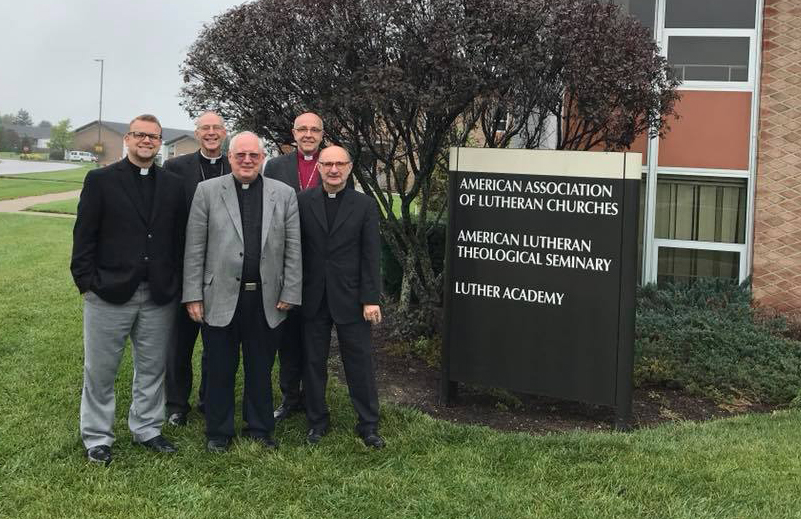
Participants in the AALC-SELK fellowship talks.
FORT WAYNE, Indiana – The American Association of Lutheran Churches (AALC) recently held talks with representatives of Germany’s Independent Evangelical Lutheran Church (Selbständige Evangelisch-Lutherische Kirche – SELK) on October 10-11, 2017 to discuss entering into altar and pulpit fellowship, as well as to consider potential opportunities for partnership.
Representing the SELK at the meetings were Bishop Hans-Jörg Voigt and Rev. Dr. Werner Klän. Representing the AALC were Presiding Pastor Curtis Leins, Rev. Richard Shields, and Rev. Joseph Dapelo.
The meetings began the morning of October 10 on the campus of Concordia Theological Seminary in Fort Wayne, Indiana, where the AALC has its national headquarters. Presiding Pastor Curtis Leins of the AALC led opening devotions. Discussions the first day focused on confessional basis and ecclesial identity, as well as the doctrines of Holy Scripture, God, sin, the Son of God, the Holy Spirit, justification and sanctification, the Church, and the office of the Holy Ministry, with general agreement on the issues discussed.
Leading the SELK’s delegation was Bishop Hans-Jörg Voigt, who also serves as Chairman of the International Lutheran Council (ILC), a growing association of confessional Lutheran church bodies worldwide. Both SELK and the AALC are member churches of the ILC. The second day of meetings between SELK and the AALC began with devotions led by Bishop Voigt, followed by discussions on the sacraments, worship, ethics, and eschatology, with the two sides finding consensus in these areas.
Each group plans to encourage their respective church bodies to vote on entering into fellowship at coming conventions (SELK at their pastoral convention in November 2017 and the AALC at their general convention in June 2018).
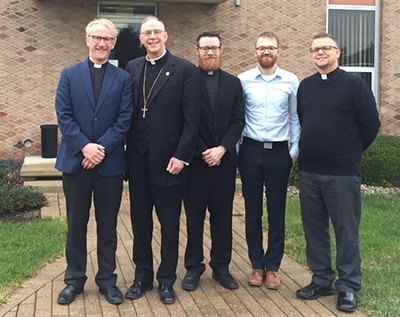
Participants in the AALC-LKN fellowship talks.
Earlier in 2017, the AALC also entered into fellowship talks with Lutheran Church in Norway (Den Lutherske Kirke i Norge – LKN). March saw talks between the AALC’s President Pastor Leins, Rev. Dapelo, and Rev. Jordan Cooper and the LKN’s Bishop Torkild Msavie and Rev. Eirik-Kornelius Garnes-Lunde. On the basis of those talks, the LKN decided to enter into fellowship with the AALC. The AALC will bring the matter forward for a vote at the AALC’s general convention in June 2018. The LKN, like SELK and the AALC, is a member church of the International Lutheran Council.
———————

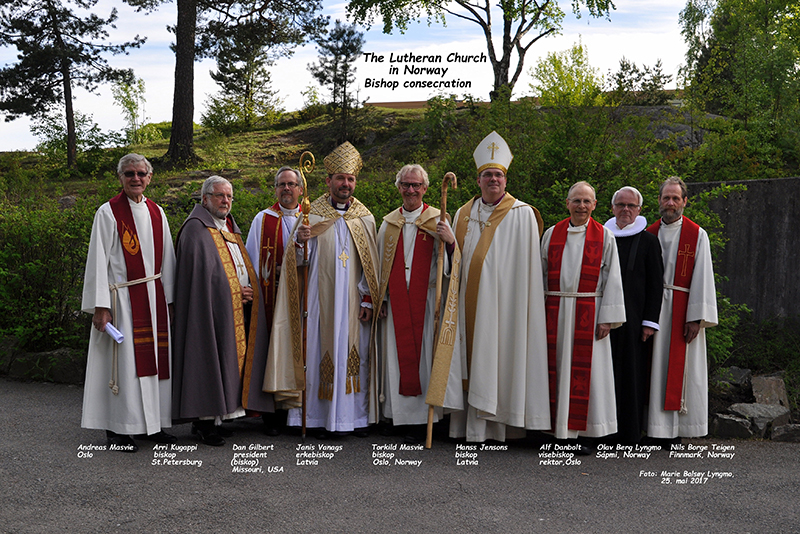
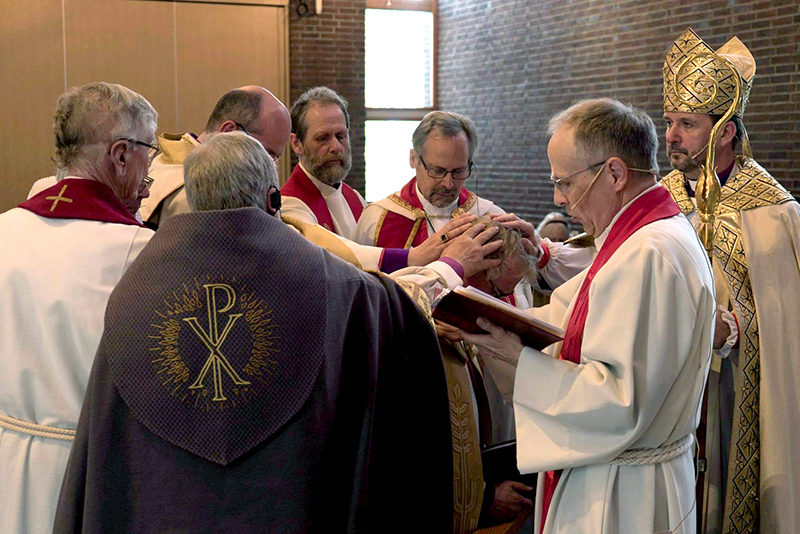
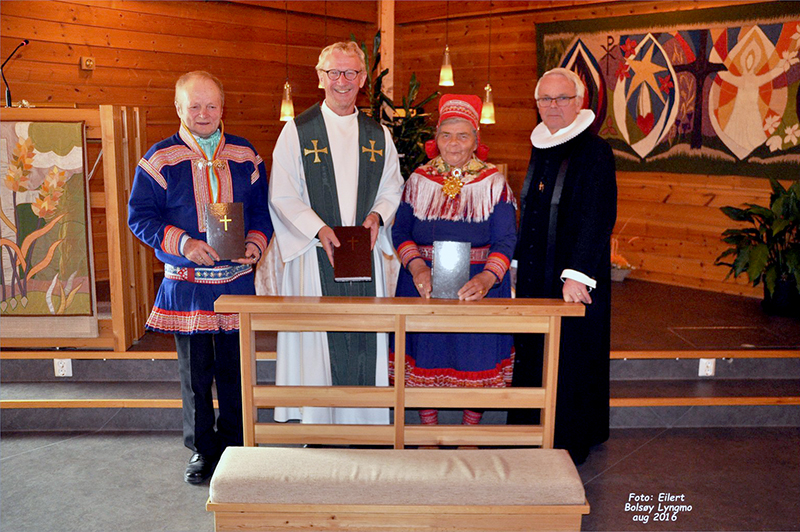

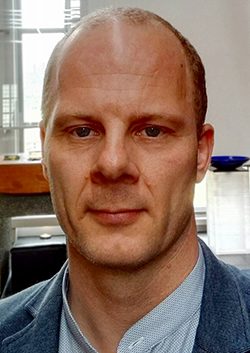
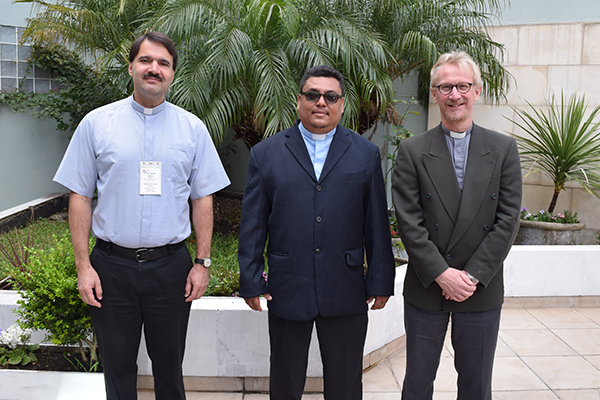

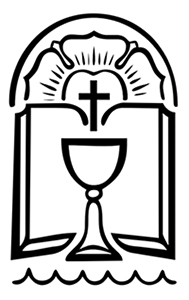 Siberian Evangelical Lutheran Church (SELC)
Siberian Evangelical Lutheran Church (SELC)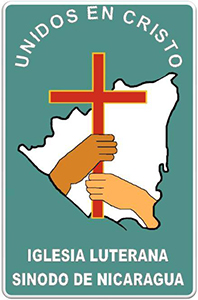 Lutheran Church Synod of Nicaragua (ILSN)
Lutheran Church Synod of Nicaragua (ILSN)